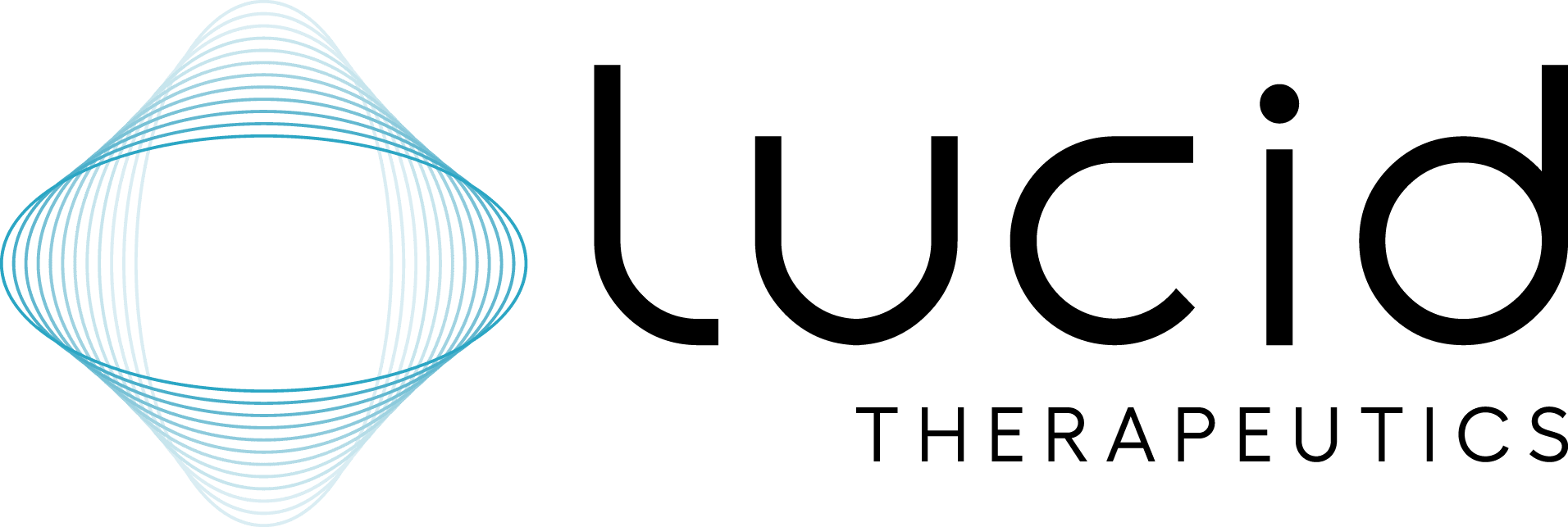Intro
Ketamine therapy is a groundbreaking treatment that has been gaining attention in recent years for its transformative effects on mental health. It involves the use of a powerful anesthetic, ketamine, to treat conditions such as depression, anxiety, and PTSD. Paired with intentional therapy it is also used to help healthy people understand themselves and live life with greater alignment. Ketamine works differently than antidepressants, focusing on NMDA receptors and increasing glutamate levels in the brain. But how does ketamine therapy work? In this blog post, we will dive into the science behind this innovative treatment and explore the mechanisms that make it so effective in improving the lives of those who undergo it. Whether you are considering ketamine therapy for yourself or simply curious about this emerging form of treatment, read on to learn more about how ketamine therapy works and its potential benefits.
An Overview of Ketamine Therapy:
Ketamine therapy marks a fascinating development in the field of mental health treatment. Originally an anesthetic, this potent drug has now been repurposed and its potential as a transformative therapeutic tool has become increasingly apparent. In this pioneering approach, patients receive carefully measured, small doses of ketamine under the strict supervision of medical professionals, usually delivered via an intravenous (IV) drip or intramuscularly. Beyond its historical usage, today’s ketamine therapy is stepping into the limelight for its efficacy in addressing a variety of mental health conditions, including depression, anxiety, and PTSD. It’s even proving its mettle in the management of certain chronic pain conditions.
How Ketamine Works Within the Brain:
When it comes to understanding the potential effects of ketamine therapy, it’s crucial to examine the fascinating way it interacts with our brain. Traditional antidepressants typically target serotonin or norepinephrine pathways, but ketamine takes a distinctively different route. It hones in on the brain’s glutamate system, the most prevalent neurotransmitter in the mammalian brain which is indispensable in the formation of synaptic plasticity – the capacity of synapses to either strengthen or weaken connections over time. This adaptability of synapses is integral to our abilities to learn and remember and change how we respond to our environment and our own thoughts.
Here’s where ketamine works its magic: it blocks specific glutamate receptors, known as NMDA receptors. This blocking action releases your mind from using the same synapse that had it stuck in a maladaptive mental pattern and allows for the development of new synapses, thus enhancing neural connections throughout the brain and allowing change. This improved connectivity allows for the lifting of the heavy veil of depression and anxiety, providing a fresh, revitalized perspective. The unique pathway ketamine takes within the brain is indeed the foundation of its transformative power, making it a truly innovative approach in the realm of mental health treatment.
How Ketamine Works Differently Than Antidepressants:
Ketamine’s mode of action provides a stark contrast to traditional antidepressants. While the latter typically work by manipulating serotonin or norepinephrine levels, ketamine works by interacting with the glutamate system. More specifically, it targets NMDA receptors, effectively blocking them and paving the way for the creation of new synapses. This process boosts neural connectivity across the brain, offering potential relief from symptoms of depression and anxiety. In contrast, antidepressants often need weeks to show their effects, waiting for serotonin or norepinephrine levels to adjust. Ketamine therapy, on the other hand, has the potential to provide relief much more swiftly. This novel approach to mental health treatment breaks away from conventional methods, offering an innovative and potentially faster-acting alternative. Ketamine’s distinct pathway in the brain is the cornerstone of its benefit, demonstrating its potential as a revolutionary tool in combating mental health conditions.
The Impact of Ketamine Therapy on Patients:
The journey of patients undergoing ketamine therapy is nothing short of remarkable. Imagine the persistent cloud of depression evaporating within hours of the initial infusion. This swift relief is a stark contrast to traditional antidepressants, which often demand weeks of patience before their effects kick in. In the aftermath of the therapy, patients commonly recount experiences of heightened presence, of shaking off the weighty chains of negative thoughts, and in certain instances, stepping into euphoric territories. They often describe it as the emergence of a sun that had long been hiding behind the clouds, a sudden burst of light that fills their lives with renewed hope and positivity. While results are not guaranteed, the data is promising.
The Future of Ketamine Therapy:
The road ahead for ketamine therapy is undeniably exciting. The ever-evolving world of science is continually unearthing its potential, uncovering new therapeutic applications, and fine-tuning the delivery mechanisms to ensure safer and more effective outcomes. Imagine a world where the debilitating grip of mental health conditions can be relieved quickly and safely, where the heavy fog of depression and anxiety can be lifted, illuminating a clear path forward. That is the future ketamine therapy is helping to shape. The potential of this innovative therapy is growing exponentially as our comprehension of the brain’s complexities deepens. In addition, adverse events from ketamine therapy were minor and transient. Hold on to your seats, the journey of ketamine therapy is just beginning!
If you are interested in Ketamine therapy, contact Lucid Therapeutics to schedule a discovery call today.






